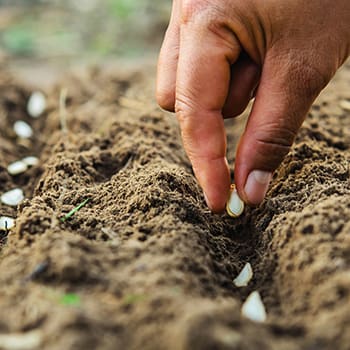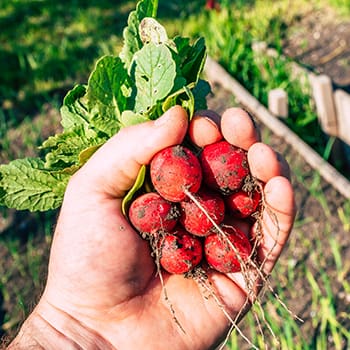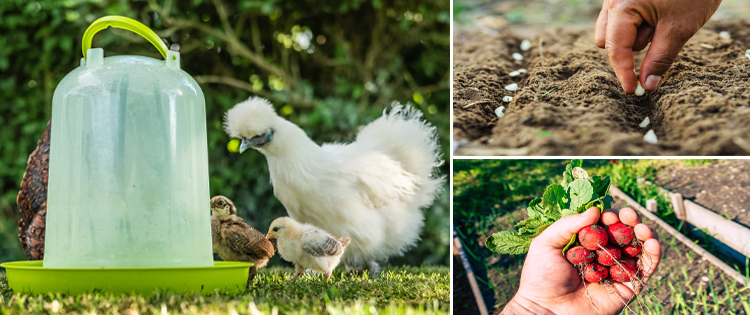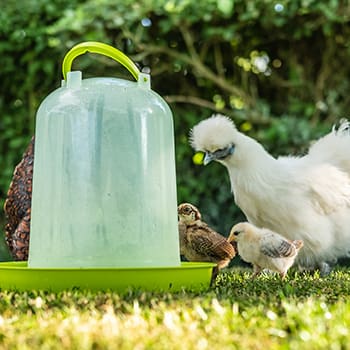June marks the end of the first part of the year, but the beginning of all things beautiful. June is the month of roses and leaves where delightful sights greet the eyes. The weather can be sunny and bright, or warm and damp, but you can rest assured that your garden will appreciate whatever the month has to offer. Homesteaders work outdoors all year round, and the sun is always a welcome guest. Keep reading to find out what you can do around your homestead in June.
Plant Flowers
June is a great time to plant flowers as they love the sun. However, the sun can also dry out the soil, so you will need to water the soil consistently to ensure it’s always moist. You can plant the majority of flowers in June including, alyssum, lobelia, fuchsia, petunias, cosmos, marigold, nasturtium, snapdragon, zinnias, and sunflowers.
Plant Vegetables
If you want a longer staggered harvest, plant the following vegetables again in June:
- Greens: Swiss chard, collards, kale, mustard, spinach, lettuces.

- Root Vegetables: Radishes, parsnips, beets, carrots.
In general, herbs, cucurbits, corn, and legumes are planted in May, they are also known as warm-season crops because they can also be planted when temperatures during the night are above 50 degrees. You might have planted them already, but if so, you can plant them again for a staggered harvest. Here are a few veggies you might want to get in the ground now:
- Cucurbits: Pumpkins, winter squash, summer squash, melons, cucumbers.
- Legumes: Dry beans, bush beans, pole beans.
- Herbs: Any herbs including lemon balm, mint, lavender, parsley, oregano, sage, cilantro, dill, thyme, and basil.
In June, you can start getting your winter crops ready by sowing them indoors before transplanting them into your garden in August. These vegetables include: kale, cauliflower, cabbage, Brussel Sprouts, broccoli, leeks, and onions. If you’re new to harvesting, before you get started, make sure your crops are ready to harvest. You’ll find a helpful guide here.
Related: The Ultimate Survival Food You Can Only Harvest This Summer (Video)
Mulch the Potato Plants
You can mulch potatoes as soon as you’ve planted them. Most vegetables grow well with mulch two inches deep, but double the amount is needed for potatoes. Keep checking your potato plants every few weeks, and if the mulch has thinned out, add more until it’s four inches deep. 
Harvest Your Crops
June is a plentiful month on the veggie plot with many fruits and vegetables ripe for harvesting, these include: salad leaves, spinach, potatoes, peas, radishes, carrots, broad beans, turnips, garlic, spring onions, beetroot, and asparagus.
Raise Up Baby Chicks
Summer is a good time to raise chicks but you will need to make sure they have easy access to water and shade so they don’t suffer from heat exhaustion. If you live in a really hot part of the country, it is advised that you only take them outside first thing in the morning, and in the evening. Additionally, warmer weather attracts undesirable pests, so to avoid infestation, make sure the chicken area is kept clean. For the first few weeks, add vitamin powder/electrolyte to the water especially if the outdoor temperature is really high.
Tips For Raising Baby Chicks
Baby chicks are the sweetest little animals, but they can be a handful if you’re new to raising them, so here are a few tips:
- Buying: You can buy your chicks from your local feed store, a local hatchery, or online. What age you buy them is up to you, but the younger they are, the cheaper they are.
- Bedding: Baby chicks are not the cleanest animals, and you’ll need to change their bedding every day without fail. Don’t use straw and newspaper, they’re too slippery for small chicks. Use pinewood shavings instead.
- Water: When you bring your baby chicks home, allow them to drink clean, fresh water from a baby chick waterer for 4-5 hours. Do this before feeding them. To prevent contamination from the bedding, raise the waterer a few inches off the bottom of the brooder.
- Feed: As small as they are, baby chicks love their food. In their first ten weeks of life, they can eat approximately ten pounds of chick starter. To get started, all you’ll need is a good quality chick starter feed. If your chickens are bought from the right place, you should have perfectly healthy chicks and won’t need to add anything to their diet or medicate them.
Related: Mini Chickens
Food Preservation
With a bit of planning, you can enjoy the foods you harvest during the summer, all year long. Here are some tips on how to preserve your summer foods:
Drying: Dry out your summer fruits and vegetables by heating them in a low-temperature oven. Between 170 degrees F and 180 degrees F will do the job. You can use this method to dry out plums, cherries, blueberries, tomatoes, and any other fruits and vegetables you have on hand.
To dry sturdy herbs such as sage, oregano, thyme, and rosemary, create a loop using kitchen twine, and wrap it around the stems. Hang the herbs in a dry, cool place upside down. It will take around four to ten days for most herbs to dry out completely. Once they turn crispy, pick the leaves off the stems and store them in a tightly sealed jar.
Freezing: The easiest way to preserve food is by freezing it. Although some foods such as okra and green beans require precooking, most can be frozen as they are. If your freezer is large enough, spread the fruit out on a baking sheet before storing them in the freezer. This prevents the fruit and vegetables from clumping together making it easier to divide when you’re ready to cook. For tomatoes, you may want to turn them into something like a puree or a confit before freezing them.
Canning: With pressure canning or water-bath canning, you can keep your fruits and vegetables fresh for months. If you’re not accustomed to canning, here are some easy instructions. Once you get used to canning, you’ll make sure you do it at least once a year.
Pickling: Are you tired of your cucumbers, onions, and zucchinis going off? Pickle them! You can pickle most fruits and vegetables such as peaches, okra, cherry peppers, wax beans, green beans, corn, and tomatoes. You can even pickle watermelon rinds.
Final Thought
June is an easy month to get lazy because the sun is shining, the sky is blue, and you’d much rather be sprawled out on the sunbed. However, it’s also the best month to work on your homestead because there’s so much to do during the summer season. But the good news is that the more you get done now, the less you’ll need to do when the weather starts getting cooler.
You may also like:
Chicken Secrets Nobody Told You About
An Insanely Effective Way to Build a 5 Year Food Stockpile (Video)
Survival DIY Projects You Can Start on Your Property Right Now










Love everything’ I read, You are so helpful thank you